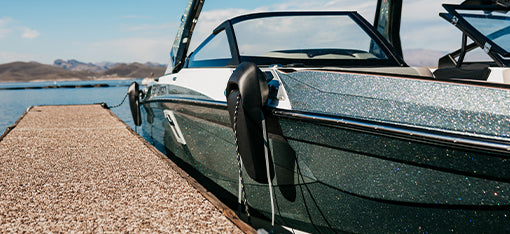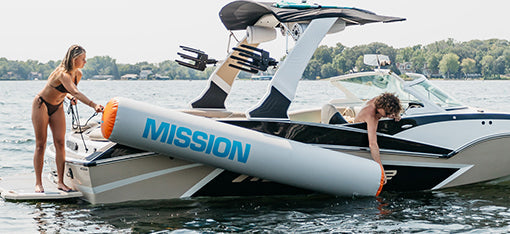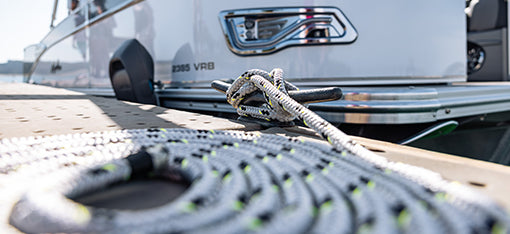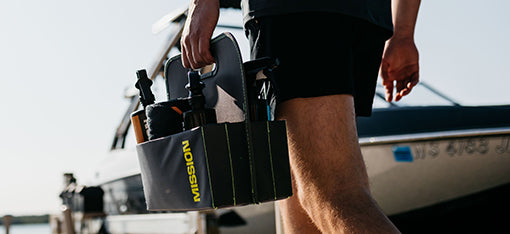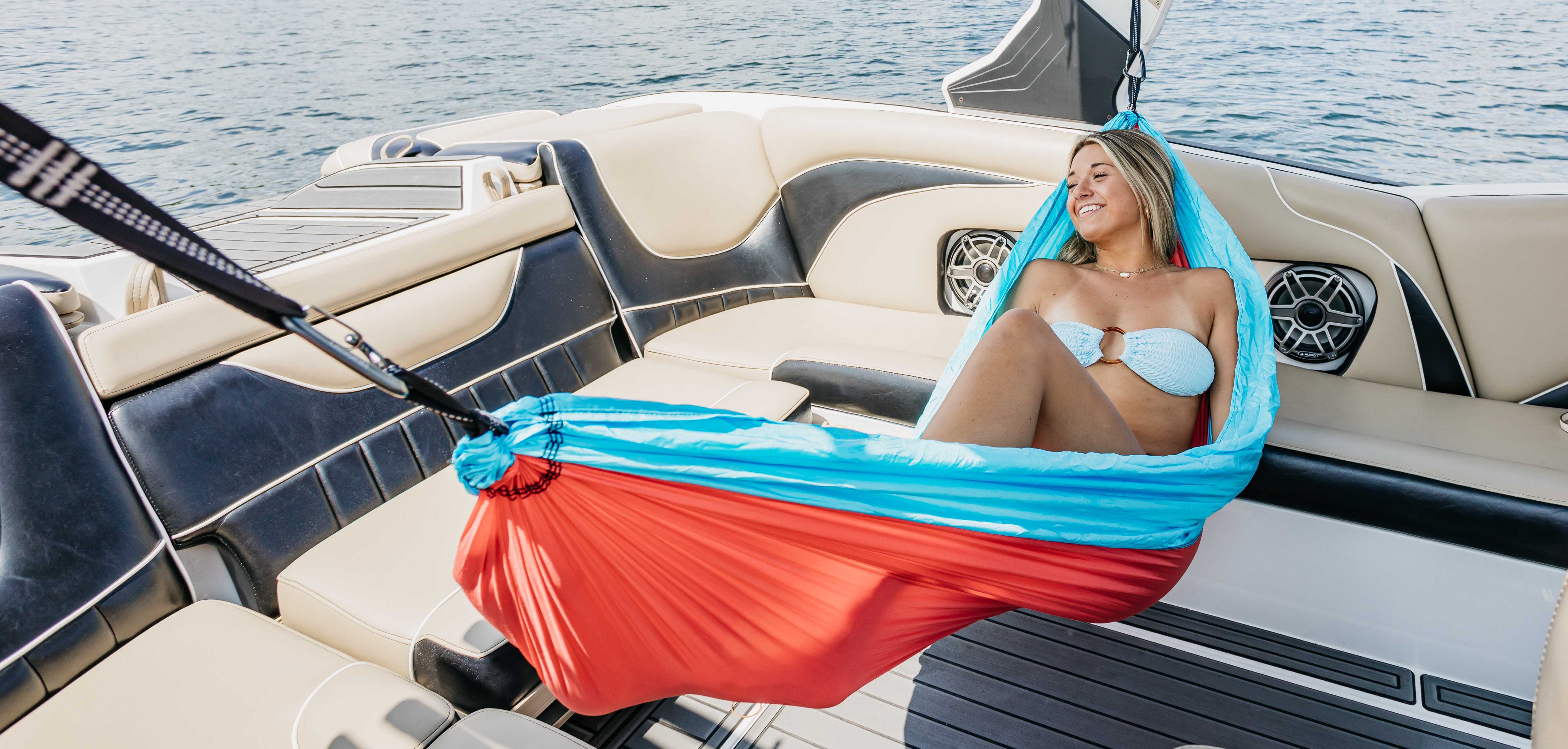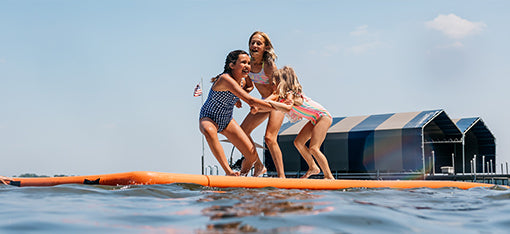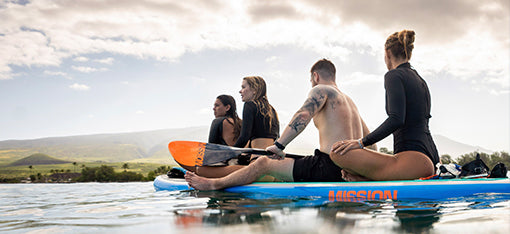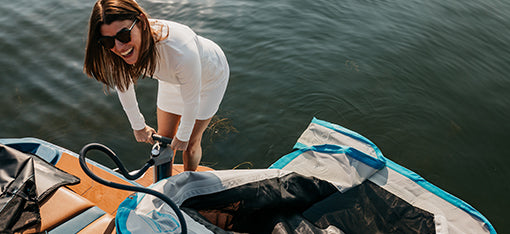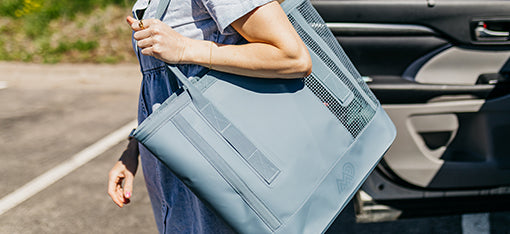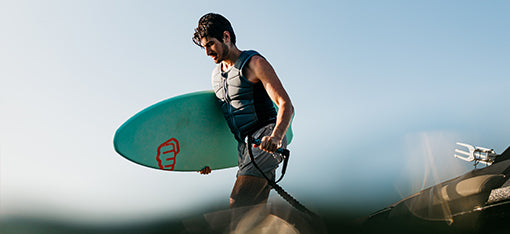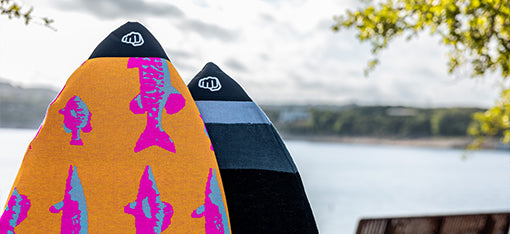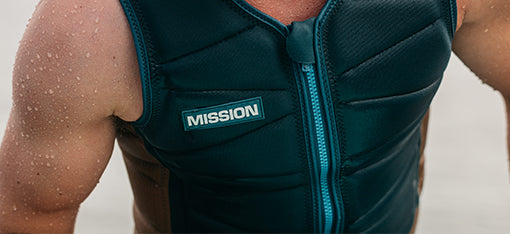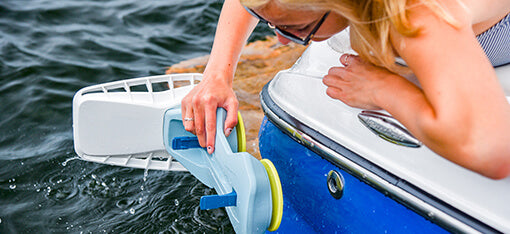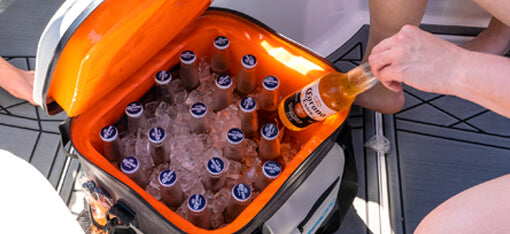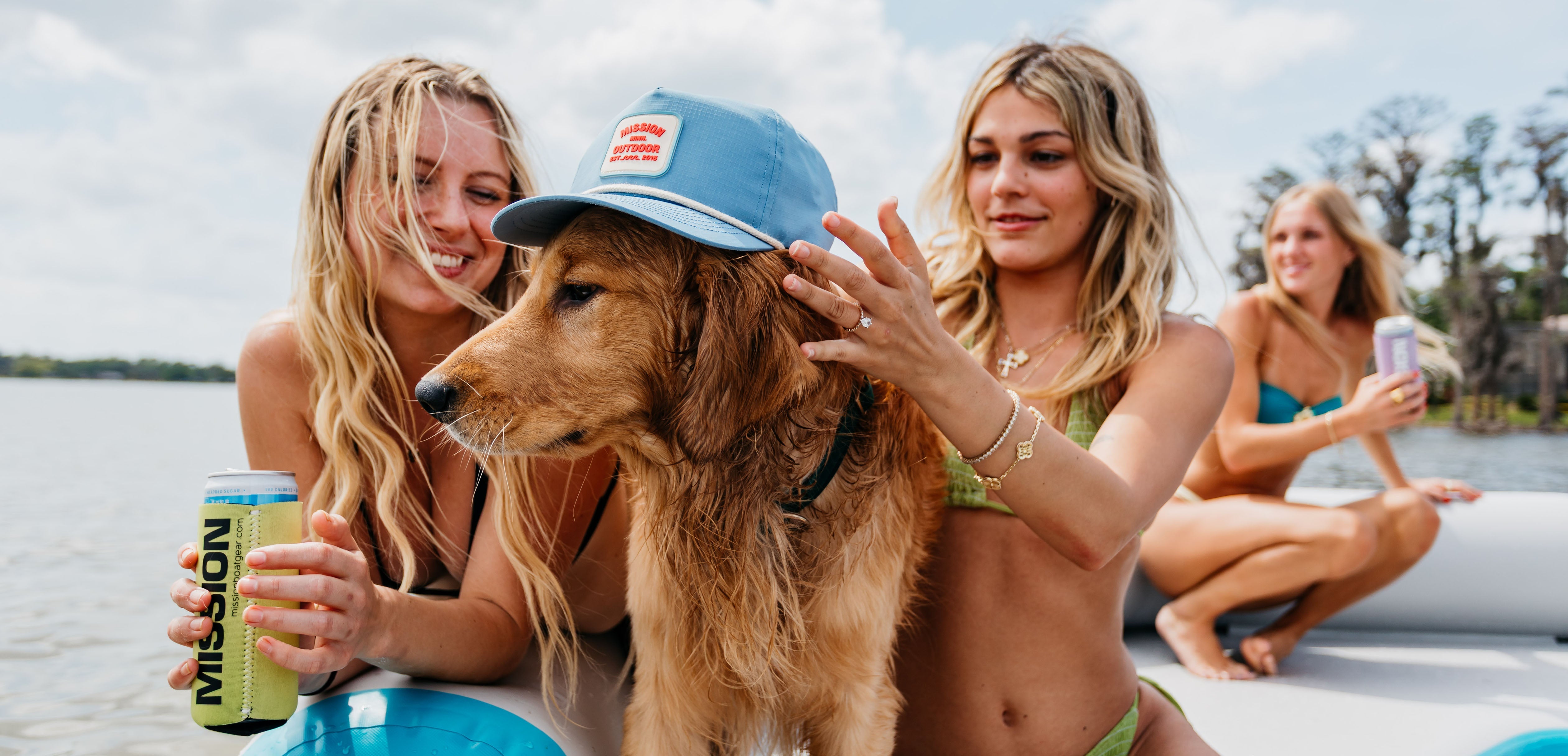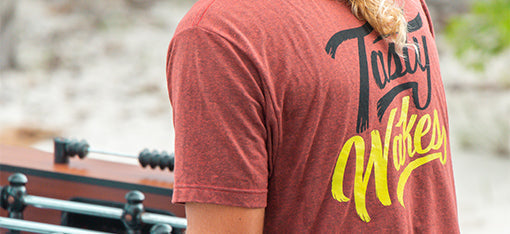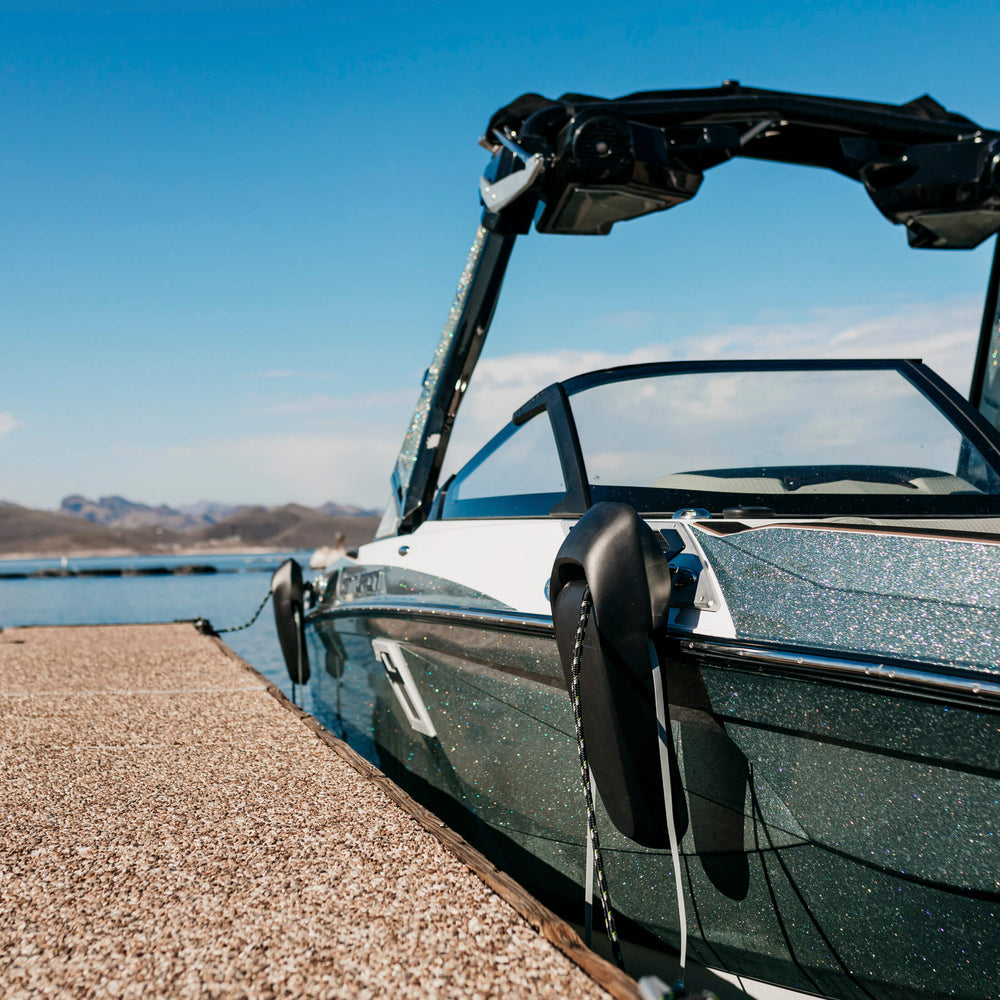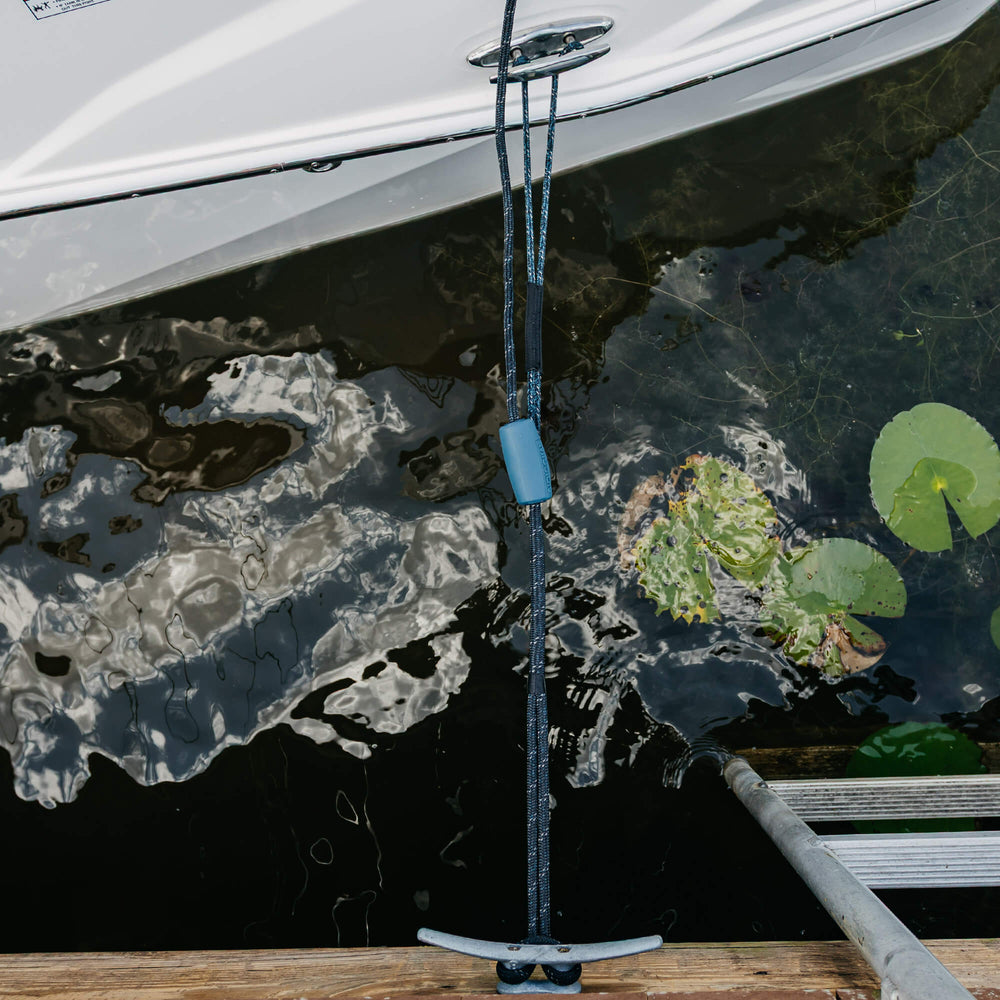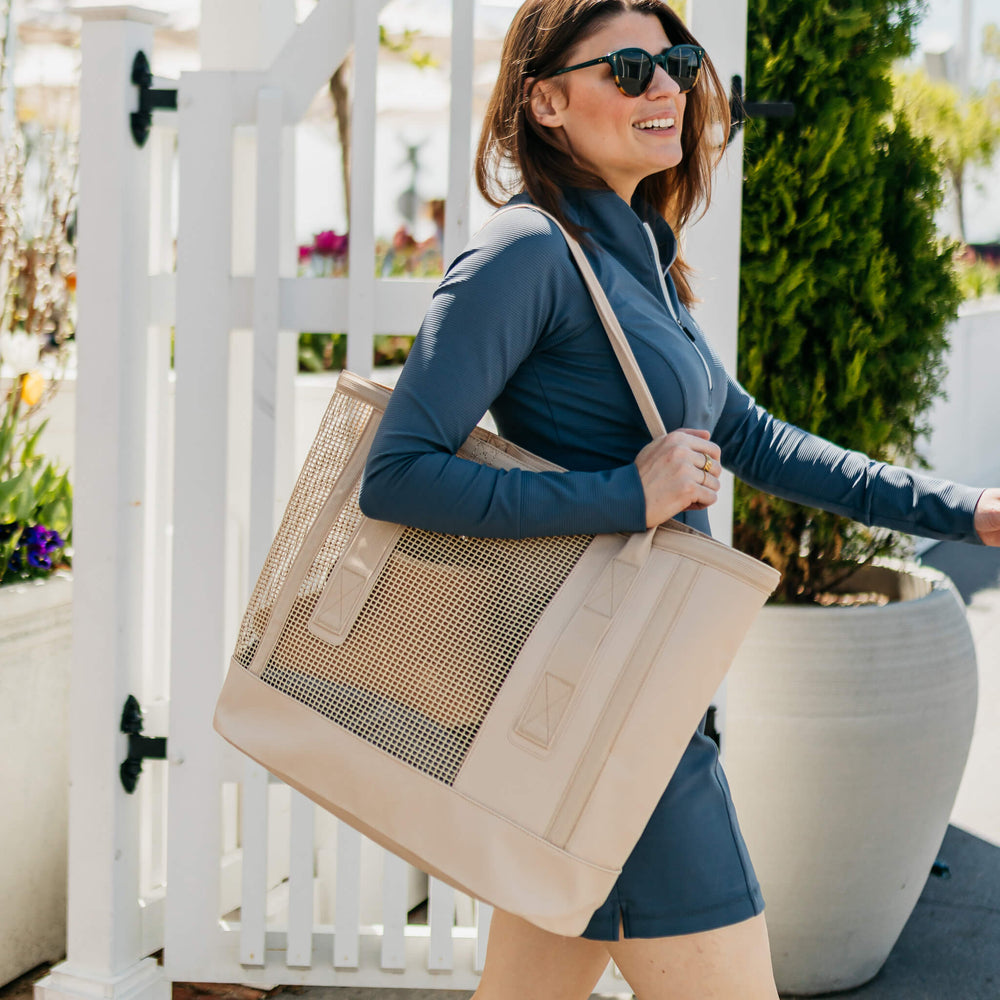What Kind of Boat Trailer Do You Need? | Questions to Consider Before Buying a Boat Trailer
Whether you trailer your boat every weekend or just at the bookends of each season, your boat trailer is the only thing that can get you from point A to point B safely and reliably. So if you’re not an expert, there are some mission-critical features that you should be aware of.
Choosing a Boat Trailer
Trailers are part of the package when buying a new boat (and sometimes when buying a used one). If you find yourself in the market for a new or used boat or trailer, there are some things to consider:
Single- or multi-axle?
Single-axle trailers are generally designed for boats shorter than 23’ and under 3,500 pounds when fully loaded. As the name suggests, there’s one axle with a single wheel on each side.
Multi-axle trailers are generally intended for boats over 23’ and 3,500 pounds when fully loaded. They offer better tracking while hauling and the added safety of multiple tires in case of a blowout or flat. The most common is a tandem-axle trailer which has two axles and four wheels.
Remember to take the engine, fluids, and gear weight into account when you’re doing the math.
Aluminum, steel, or galvanized steel
Aluminum trailers are light and strong but come at a higher price. They’re also corrosion-resistant, which you’ll want if you do any saltwater boating.
Steel trailers are heavier than aluminum but much more affordable. They’re strong and durable but susceptible to rust, so they’re only recommended for freshwater boating.
Galvanized steel trailers take all the features of normal steel but add corrosion resistance for a slightly higher price.
Brakes: electric or surge?
Trailer brakes help reduce the stress that slowing and stopping puts on your vehicle. Most experienced boaters recommend having brakes on each axle but your state laws might make that decision for you, so be sure to check with your local DMV.
Electric brakes rely on a controller and electrical signal from the tow vehicle to engage the brakes. These systems are often programmable to offer the driver more control over the brake performance.
Surge brakes are self-contained, hydraulic systems that rely on the trailer’s own weight and momentum to engage the brakes. When the tow vehicle brakes and slows down, the trailer pushes against a connector that compresses a hydraulic cylinder which applies pressure to the brakes.
Bunks or rollers?
Bunks are typically long pieces of wood wrapped in fabric like carpet or polyester. Bunks are cheaper than rollers and easier to maintain but require a little more work to get in and out of the water, so keep that in mind if you’re hauling your boat every weekend.
Rollers are multiple sets of articulating rubber wheels that allow your boat to glide smoothly on and off the trailer. Rollers generally come at a higher price than bunks and can require more upkeep, but that might be worth it if you don’t have a slip or lift to store your boat during the season.
With rollers, we recommend leaving your boat attached to the trailer winch until it’s completely in the water to prevent it from rolling off too soon and falling onto the concrete.
Trailer Maintenance
Tires
The only part of your trailer (and vehicle) that actually touch the road and literally carry the load. Be sure to check the tire pressure and tread wear well before you hit the road. Know the acceptable tread depth for your trailer’s tires and don’t wait until the last millimeter to replace them. A good trick is to use the “penny test.” Place a penny into the tread head first, if you can see all of honest Abe’s head, it’s time for new tires.
If your trailer sits idle for long periods, it will be vulnerable to dry rot – which compromises the integrity of the rubber and can lead to dangerous blowouts on the highway. Be sure to move it regularly, keep the tire pressure at the recommended level, and clean the tires often. If you store the trailer outdoors, apply a UV protectant or cover the wheels to prevent premature aging or cracking.
We recommend using Special Trailer (ST) tires because they have reinforced sidewalls that are designed to handle the weight of boats and withstand the pressure during cornering and maneuvering. The weight rating will be printed on the side of the tire.
Brakes
The first step is understanding the difference between drum and disc brakes, and their different maintenance needs. Drum brakes utilize “shoes” that press against the inside of the drum to slow you down, so the shoes and drum itself will wear down over time but generally require less maintenance than disc brakes.
Disc brakes rely on a caliper to squeeze small pads against the rotor to slow you down, so there are more parts that will require care and maintenance. The upside is the increased performance and reliability that disc brakes offer compared to drum brakes.
Inspect your brakes for any signs of corrosion and make sure the shoes/pads are still in good shape so you don’t end up grinding metal on metal.
Be sure to check your brake fluid before hauling. If the brakes on your trailer fail, your vehicle’s brakes will be responsible for stopping all the extra weight of your boat, trailer, and gear.
Bearings
Keep your bearing greased! You don’t want to throw one somewhere between here and there. Throwing a bearing is incredibly dangerous for you and other drivers around you, so be sure to inspect before each haul. If you do throw a bearing, it can damage the spindle and require replacing the entire axel – which ain’t cheap!
Consider picking up some Bearing Buddies to automatically lubricate your bearings while you’re hauling.
Lights
Working brake lights and turn signals are required by law. That should be enough to convince you to keep them in working order but they’ll also reduce the chances of somebody rear-ending you on the highway because they didn’t know you were braking, turning, or changing lanes.
Rollers and bunks
Properly functioning and well-maintained rollers or bunks will help keep your boat protected and make launching/loading easier. If you let them deteriorate, you could not only damage your boat but you’ll add unnecessary work and stress to your day on the water.
The planks and fabric that make up your bunks can wear out over time, so be sure to inspect them regularly. Watch out for broken/splintered wood or ripped or frayed fabric.
Rollers are typically made of rubber, which will dry out over time from exposure to UV and water, so they will need to be replaced after a few seasons depending on use and care. Consider upgrading to non-marking vinyl rollers for more a longer lifespan.
Launching and Loading Your Boat
Be ready: Don’t wait until your boat is at the bottom of the launch to start prepping. Put in your drain plug, disconnect your lights, pack your gear, and prep your fenders/dock lines BEFORE you start backing down the launch. There’s usually a parking lot or extra space near the launch where you can do this. NOTE: it’s illegal to haul your boat with the plug in, so don’t put it in until your AT the launch. If there’s a DNR or conservation officer on-site, wait for their approval before installing your plug.
The same goes for loading your boat at the end of the day. Pack your gear, police up your trash, and be ready to move once you get to the launch. Be sure to remove your plug BEFORE you leave the launch. We also recommend draining your onboard ballast system further once your boat is on the trailer and out of the water because your ballast pump may not be able to fully empty the system. NOTE: It’s illegal in some states to transport water in your ballast tank.
Be efficient: Get your boat in and out of the water, and out of the way, quickly but safely. Hopefully, you’ve got at least one other person with you to act as a spotter/guide while launching, and who can park the vehicle while you tend to the boat.
Be humble: Don’t be afraid to ask for help if you’re launching your boat solo or if you’re having any issues. Other boaters will be happy to help because it means they can get on the water faster, too!
Preventing the transfer of invasive species
An invasive species is any plant, fish, crustacean, mollusk, or algae that’s not native to a certain environment and can harm the balance of delicate ecosystems like our lakes, rivers, and oceans if introduced.
If you trailer your boat, you should ALWAYS clean, drain, and dry it before getting back on the road. Head over to StopAquaticHitchhikers.org to learn more about the impacts of invasive species and what you can do to prevent them from traveling between bodies of water.
If you have any questions about which trailer is right for you and your boat, contact your local dealer. Even if you plan to buy a used boat and trailer, they’ll be able to help you understand if the setup is a good one.
See you on the water!


